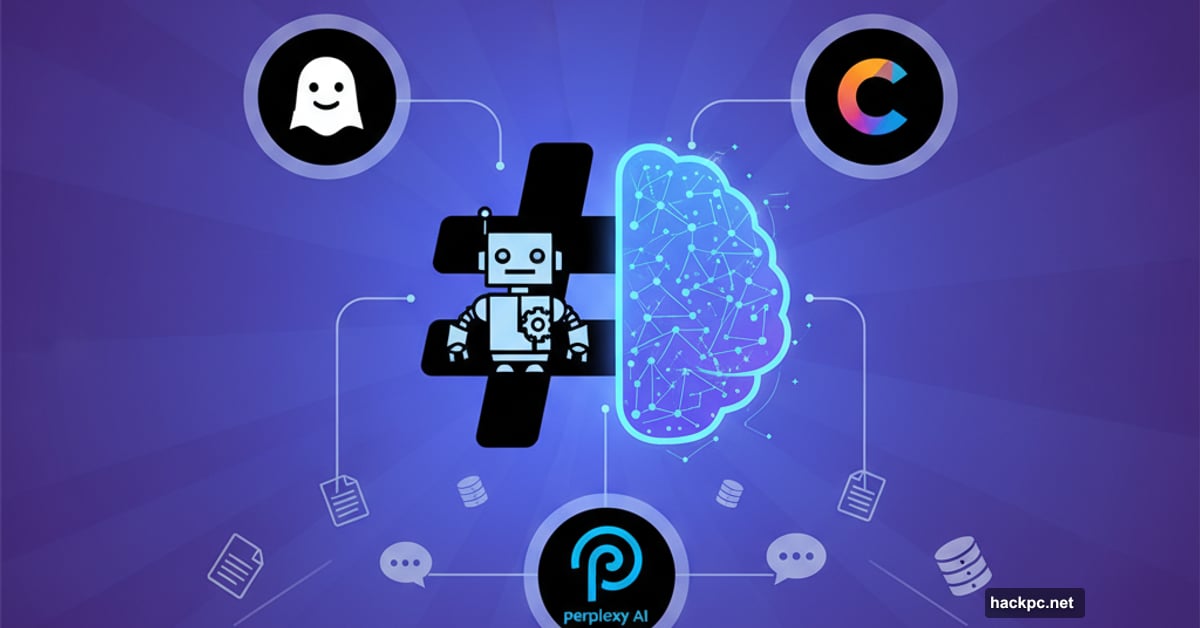
Slackbot isn’t dead. It’s getting an AI brain transplant.
The simple notification bot that’s lived inside Slack for years is becoming something much more powerful. Starting in January 2026, it’ll handle conversations, analyze documents, and actually do work on your behalf. Plus, it’s bringing friends like Claude and ChatGPT along for the ride.
This isn’t another “AI feature” tacked onto software. It’s a fundamental reimagining of how workplace assistants operate.
From Reminder Bot to AI Coworker
Old Slackbot was basic. Really basic. It pinged you with reminders, sent notifications, and told you when colleagues updated their status. That’s it. No conversation. No intelligence. Just simple if-then automation.
New Slackbot changes everything. You can now talk to it like you’d talk to ChatGPT. Ask it to summarize project threads. Request document analysis. Have it search through months of conversations to find specific information.
The difference feels massive in practice. Instead of hunting through channels manually, you ask Slackbot to find what you need. Instead of reading 47 messages to catch up on a project, you ask for a summary. Instead of switching between apps, you work inside Slack.
But here’s the interesting part. Slack isn’t building this alone.
The AI Guest List
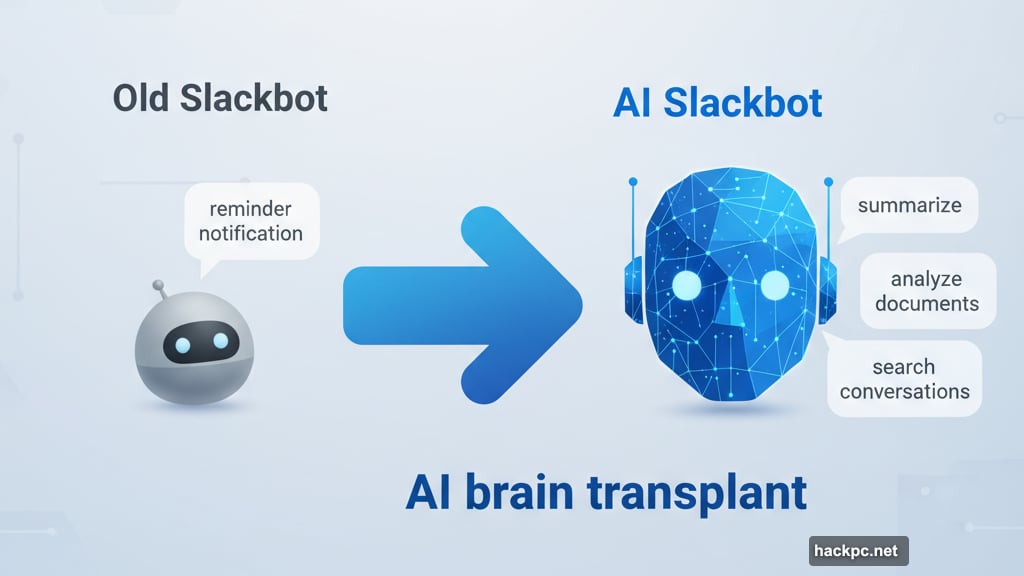
Slack announced integrations with basically every major AI platform. OpenAI, Anthropic, Perplexity, and others are bringing their agents directly into your workspace.
That means you can type @Claude and ask it to scan your entire Slack workspace for insights. Or @Perplexity to run web searches without leaving the app. Each AI assistant lives inside Slack as a participant you can tag and interact with.
Think about the implications. Your team channel now includes human coworkers plus multiple AI specialists. One handles research. Another analyzes data. A third generates content. All accessible with simple @mentions.
Moreover, Slack is connecting these AI tools to actual business systems. Google Drive, OneDrive, and Salesforce all integrate directly. So when you ask Slackbot to analyze project documents, it can access files across your entire tech stack.
This matters because AI assistants become exponentially more useful when they connect to real business data. Generic chatbots answer general questions. Connected AI agents actually complete work.
The Slow Rollout Strategy
Slack isn’t rushing this transformation. Right now, only 70,000 beta users have access to AI Slackbot. That’s a tiny fraction of Slack’s total user base.
The broader rollout happens in January 2026. Then Slack plans to expand availability throughout the year. So most people won’t see these features immediately.
Why the cautious approach? Probably because AI agents can go spectacularly wrong. They hallucinate information. They misinterpret requests. They occasionally do the exact opposite of what you wanted.
Testing with 70,000 users helps Slack catch these problems before millions of people experience them. Smart move. AI features that work 95% of the time sound great until you’re in the 5% dealing with broken automation.
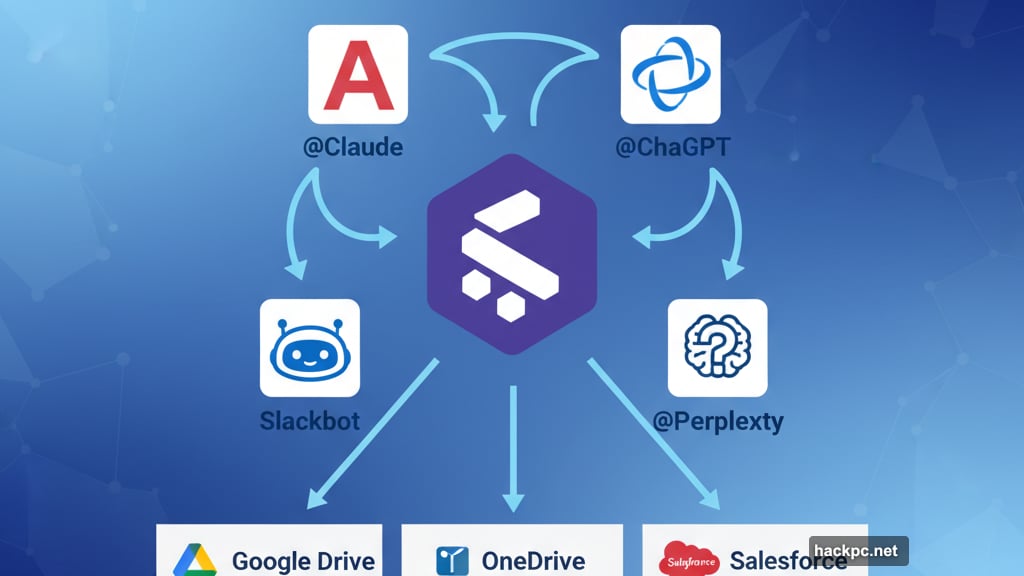
Plus, companies can disable AI Slackbot entirely. Not everyone wants AI agents accessing their business communications. The opt-out option prevents forced adoption for teams with security or privacy concerns.
Fighting Microsoft’s AI Advantage
Slack faces serious competition from Microsoft Teams, which has been aggressively adding AI features. Microsoft bundles Teams with Office 365, giving it massive distribution advantages. And Copilot, Microsoft’s AI assistant, integrates deeply across the entire Microsoft ecosystem.
Slack’s response? Partner with everyone. Instead of building one proprietary AI, they’re creating a platform where multiple AI assistants coexist. You’re not locked into Slack’s AI vision. You choose which AI tools your team uses.
This strategy could work brilliantly or backfire completely. On one hand, it gives users flexibility and choice. On the other hand, it might fragment the experience. Imagine debugging why @Claude gives different answers than @Slackbot about the same question.
Still, the approach makes sense for Slack’s position in the market. They can’t outspend Microsoft on AI development. But they can create the best platform for AI agents to live and work together.
The Real Question Nobody’s Asking
Here’s what bothers me about this announcement. Slack emphasized what AI Slackbot can do. They didn’t explain what happens to your data when AI analyzes it.
When Slackbot scans thousands of messages to answer your question, where does that processing happen? Are message contents sent to AI model providers? How long is data retained? Who can access the results?
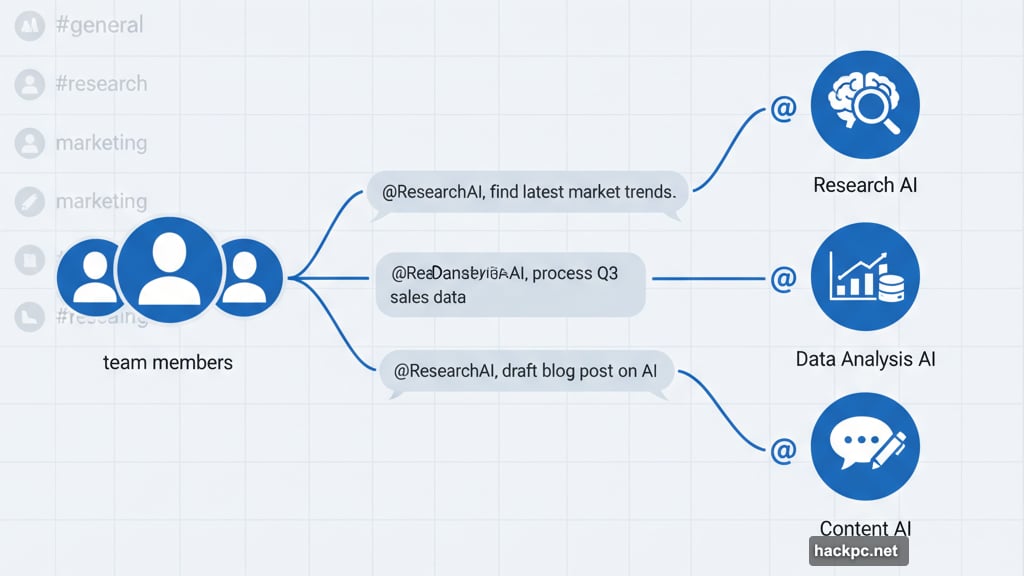
Slack’s blog post doesn’t address these questions clearly. Neither did the Dreamforce presentation. For enterprise customers handling sensitive business communications, these aren’t minor details. They’re fundamental concerns about data governance and privacy.
Moreover, integrating third-party AI agents like Claude or Perplexity means those companies potentially access your Slack data. What are the data sharing agreements? What happens if an AI provider gets hacked? Who’s liable if an AI agent leaks confidential information?
These questions need clear answers before enterprises should enable these features. The capabilities look impressive. But impressive AI features without transparent privacy protections create serious risks.
Every App Gets AI. Eventually
Slack joins Duolingo, Canva, Photoshop, and basically every other major software platform in adding AI capabilities. This trend seems unstoppable at this point. Investors demand AI features. Users increasingly expect them. Competitors are building them.
But not every AI integration adds real value. Some feel like marketing stunts. Others solve problems nobody actually has. The test for AI Slackbot will be whether it genuinely makes work easier or just adds complexity disguised as innovation.
Early signals look promising. Conversational search through message history addresses a real pain point. Document analysis could save significant time. Cross-platform integration solves actual workflow problems.
Yet the proof arrives in January 2026 when regular users get access. Until then, it’s just impressive demos and carefully selected beta testimonials. Real-world usage reveals whether AI Slackbot becomes indispensable or gets ignored like so many other AI features.
For now, the workplace assistant wars just got significantly more interesting. Microsoft and Slack are racing to make AI agents the center of workplace collaboration. Whoever executes better will dominate business communication for the next decade.
Choose your AI assistant carefully. The decision matters more than you think.
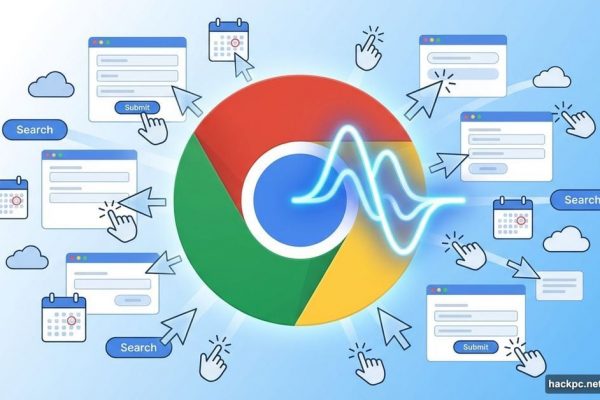
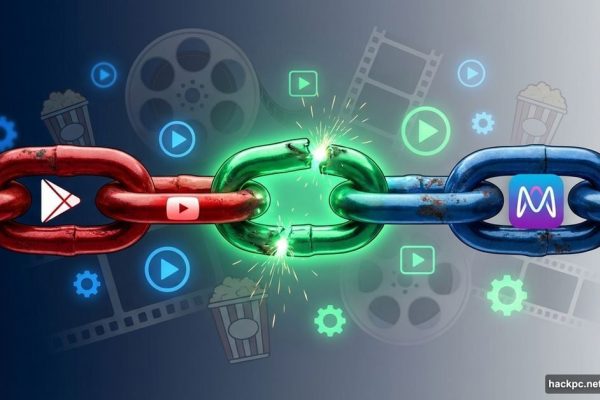
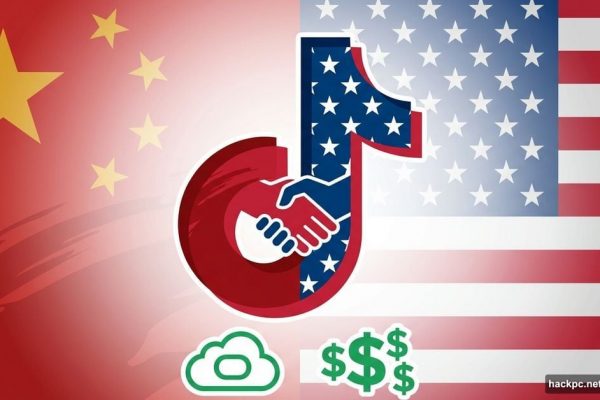
Comments (0)